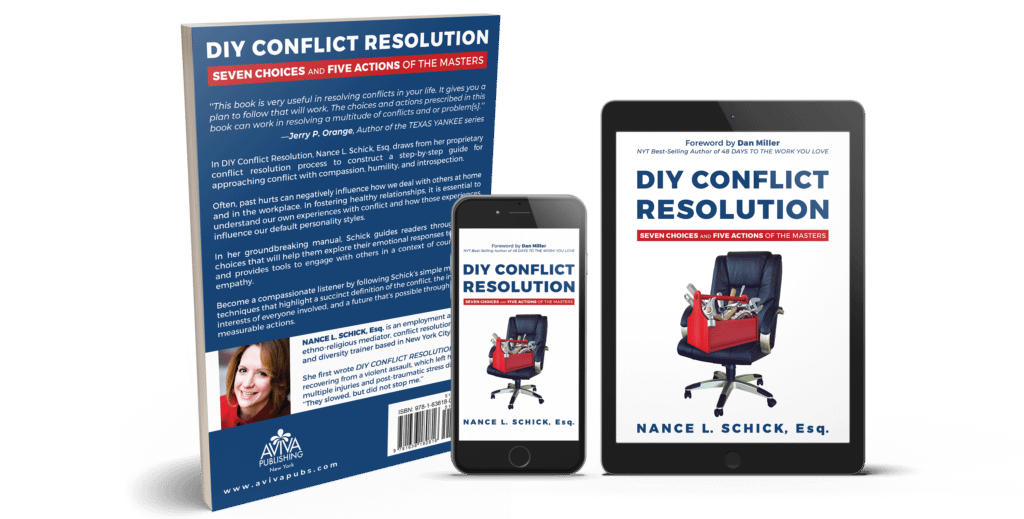DISCLAIMER: This post gives a general overview of employment as a mutually beneficial partnership between employer and employee. It is not legal advice, and I am not your attorney. If you require information or advice applied to your unique situation, please make an appointment to discuss it with an employment attorney in your jurisdiction.
The challenge of aligning employer and employee goals is not new. In 2023, we heard complaints from both groups that sound very familiar. There’s clearly a disconnect keeping them from mutual success. In this post, we will explore ways they can reconnect and create more peaceful and productive workplaces.
Top Employer Complaint in 2023: “No one wants to work”
The lack of motivation among employees perceived by employers is a factually inaccurate exaggeration. You can probably think of at least one person who enjoys their work and consistently does a good job. Exaggerating distracts from the root cause and keeps you from resolving the issues keeping employees from applying, accepting employment with you, and succeeding in their roles.
Top Employee Complaint in 2023: “My employer doesn’t value me”
Similarly, employees generally perceive their employers as manipulative, greedy, and uncaring. Despite the many laws protecting them, they tells us “I don’t trust my employer” or “I’m afraid my employer will retaliate against me.” The crux of these expressions lies in the need for acknowledgment, respect, and a sense of security in the workplace. Yet few employees realize they have substantial power to create these.
Utilizing Third Ear Conflict Resolution Process
Drawing from the principles outlined in my book, DIY Conflict Resolution: Seven Choices and Five Actions of the Masters, we can help employers and employees align their goals for mutual success. Let’s start by making the Seven Choices.
Make the Seven Choices
Whether you’re a manager representing your employer or an employee advocating for yourself, the Seven Choices can help you stop the ineffective brain patterns that distract you from the core issues and their potential solutions:
- Forgive yourself for having conflicts. They are a natural part of life and work. Rather than trying to avoid them, employers and employees alike must build skill in resolving conflicts, and that begins with embracing a mindset that views them as opportunities for growth.
- Acknowledge yourself for taking even imperfect action. Acknowledging efforts to resolve issues fosters a culture of continuous improvement and learning.
- Forgive the world for having and creating conflicts. Expect conflicts and prepare to resolve them. This mindset shift promotes resilience and adaptability in navigating workplace challenges.
- Free the emotions. Find a private place to cry, yell, or otherwise express how you feel about a conflicts, yet in ways that prevent additional harm. Emotional intelligence plays a crucial role in understanding and addressing the underlying issues contributing to workplace discord.
- Clear your mind. Foster mental clarity by distancing yourself from preconceived notions or biases. A clear mind enables a more objective assessment of the conflict, paving the way for effective resolution.
- Assume you know nothing about the situation. Approach conflicts with humility and a beginner’s mind, willing to hear and understand differing perspectives. This choice lays the foundation for constructive dialogue and collaboration.
- Listen with your third ear. Employ empathetic listening to discern the underlying hurts that may not be overtly expressed. This choice encourages healing and understanding, even when there may be no explicit obligation to address the identified hurts.
Take the Five Actions
- Define the conflict succinctly. Begin the conflict resolution process by articulating the issue at hand concisely. A clear definition serves as a starting point for constructive dialogue. For example, [name] and I [or we] disagree about [issue].
- Identify conflicting personal interests. Delve into the underlying interests of both employers and employees to pinpoint the root causes of the conflict. Understanding conflicting interests facilitates targeted and effective solutions.
- Play with the full range of possible solutions. Encourage brainstorming without judgment so you don’t overlook innovative approaches that might outperform traditional ones.
- Create the future with a specific, measurable action plan. This step ensures accountability and progress towards a harmonious workplace.
- Stay on PARR. Maintain a continuous improvement mindset by cycling through the PARR loop: planning, acting, revising, and repeating until you get the results you want. Accept that you will need to regularly assess the effectiveness of any action plan.
Conclusion
By incorporating the Seven Choices and Five Actions into their conflict resolution processes, employers and employees can transcend grievances and forge a path towards alignment and mutual success. This comprehensive approach not only addresses the surface-level complaints but also delves into the emotional and interpersonal aspects, fostering a workplace culture built on understanding, empathy, and sustained collaboration.

